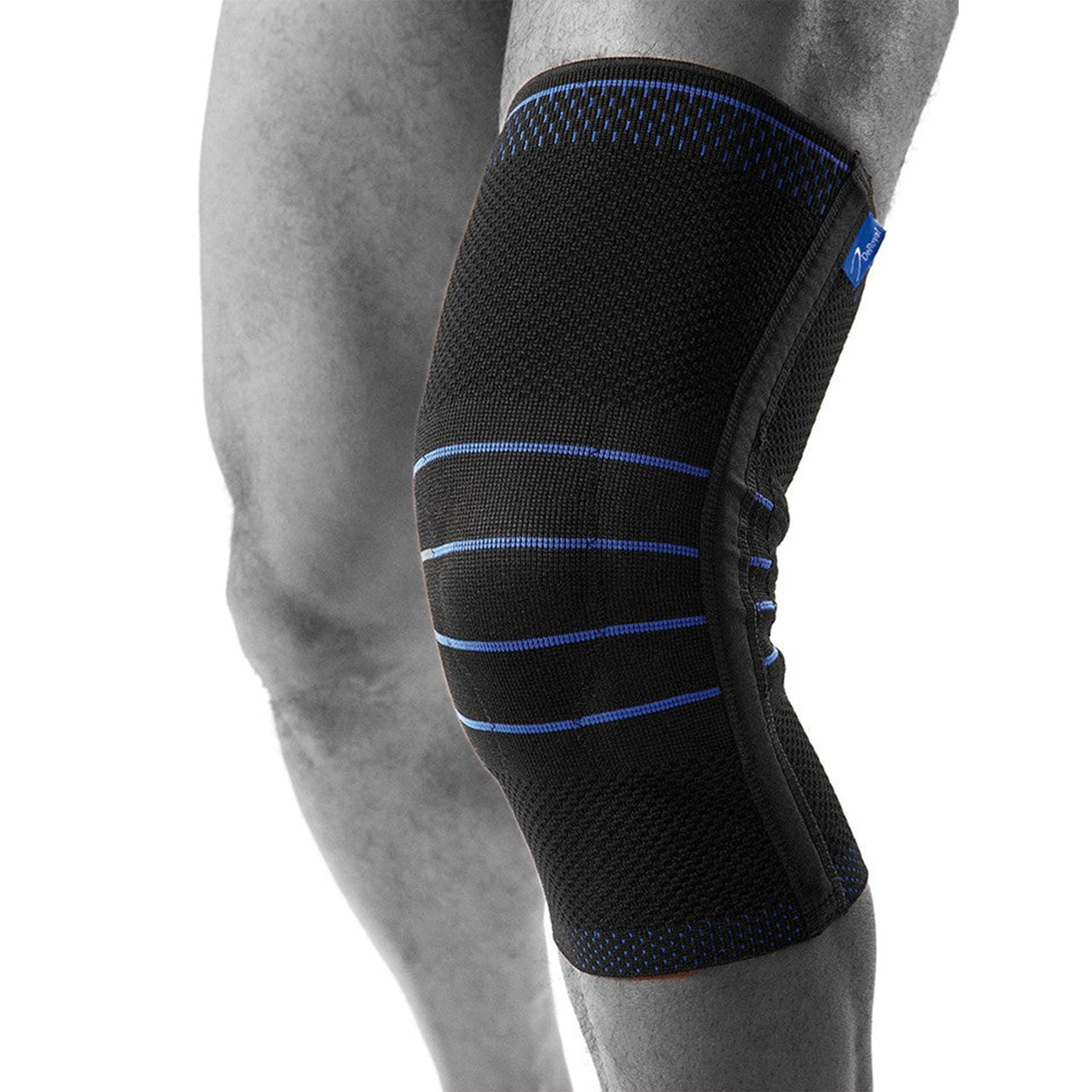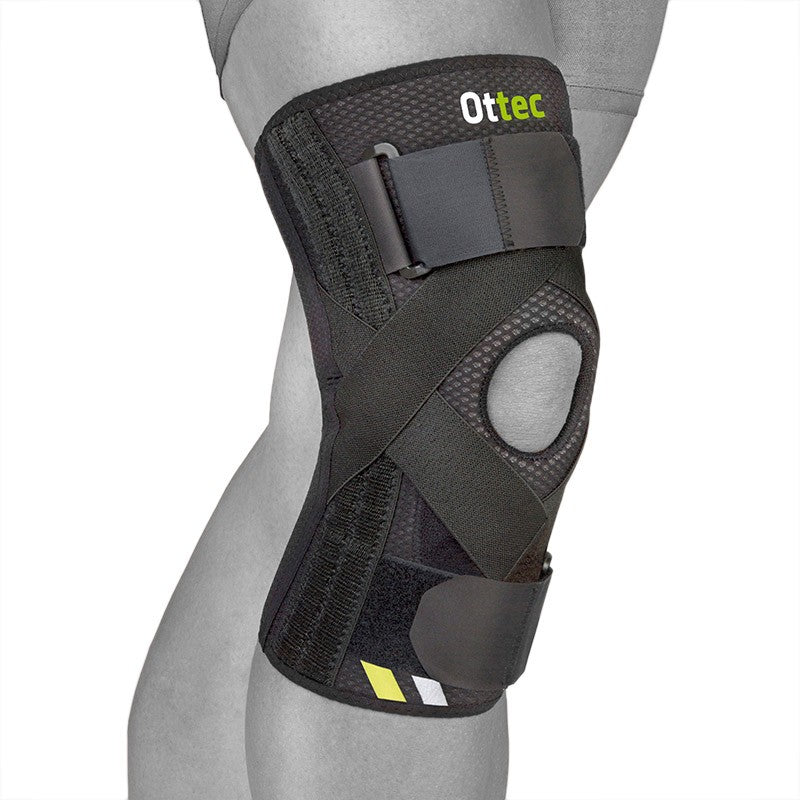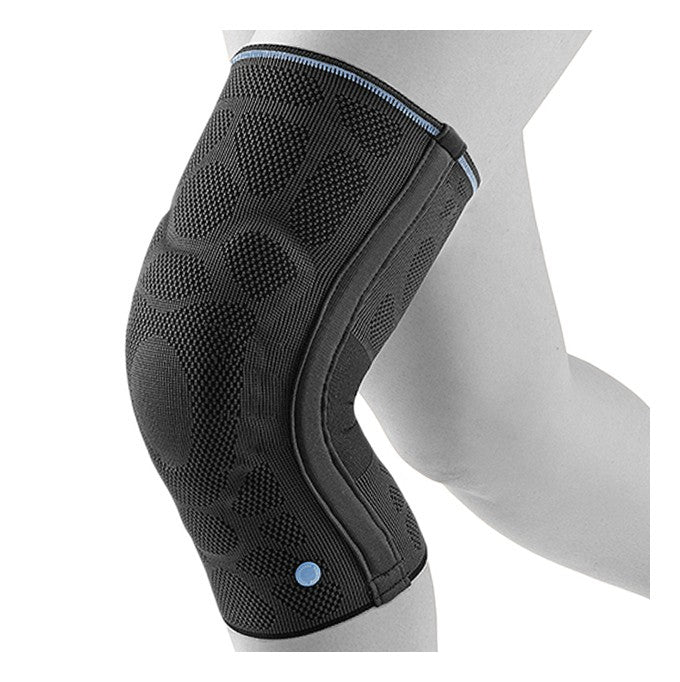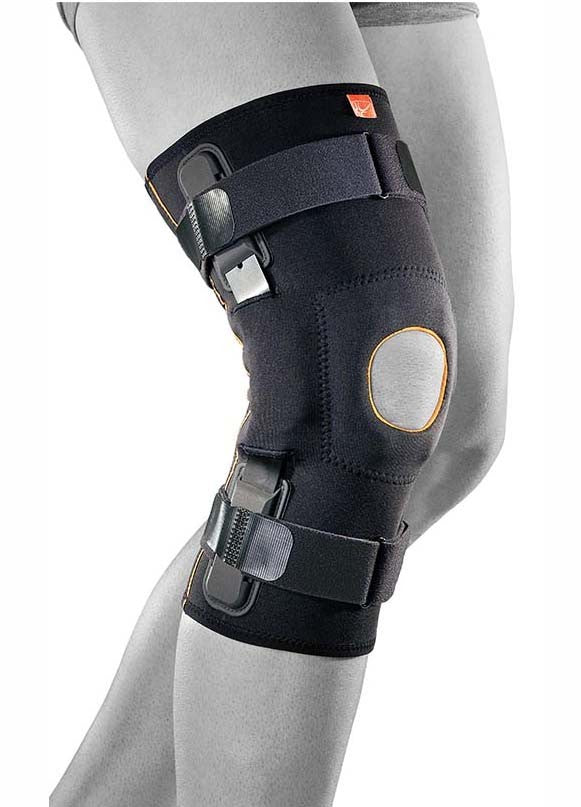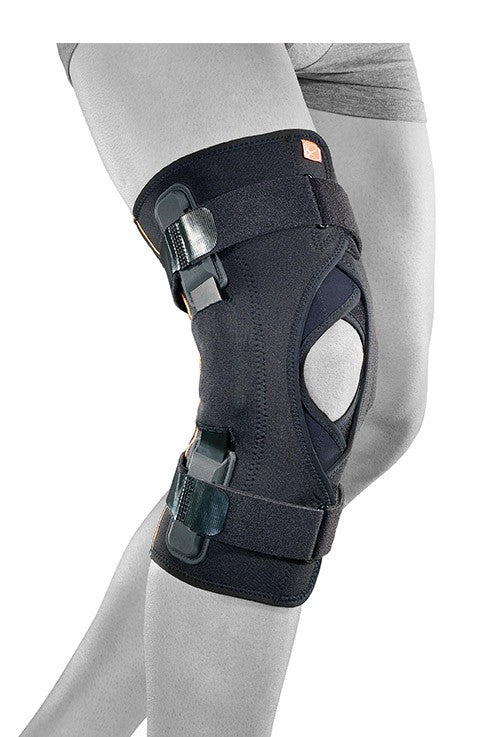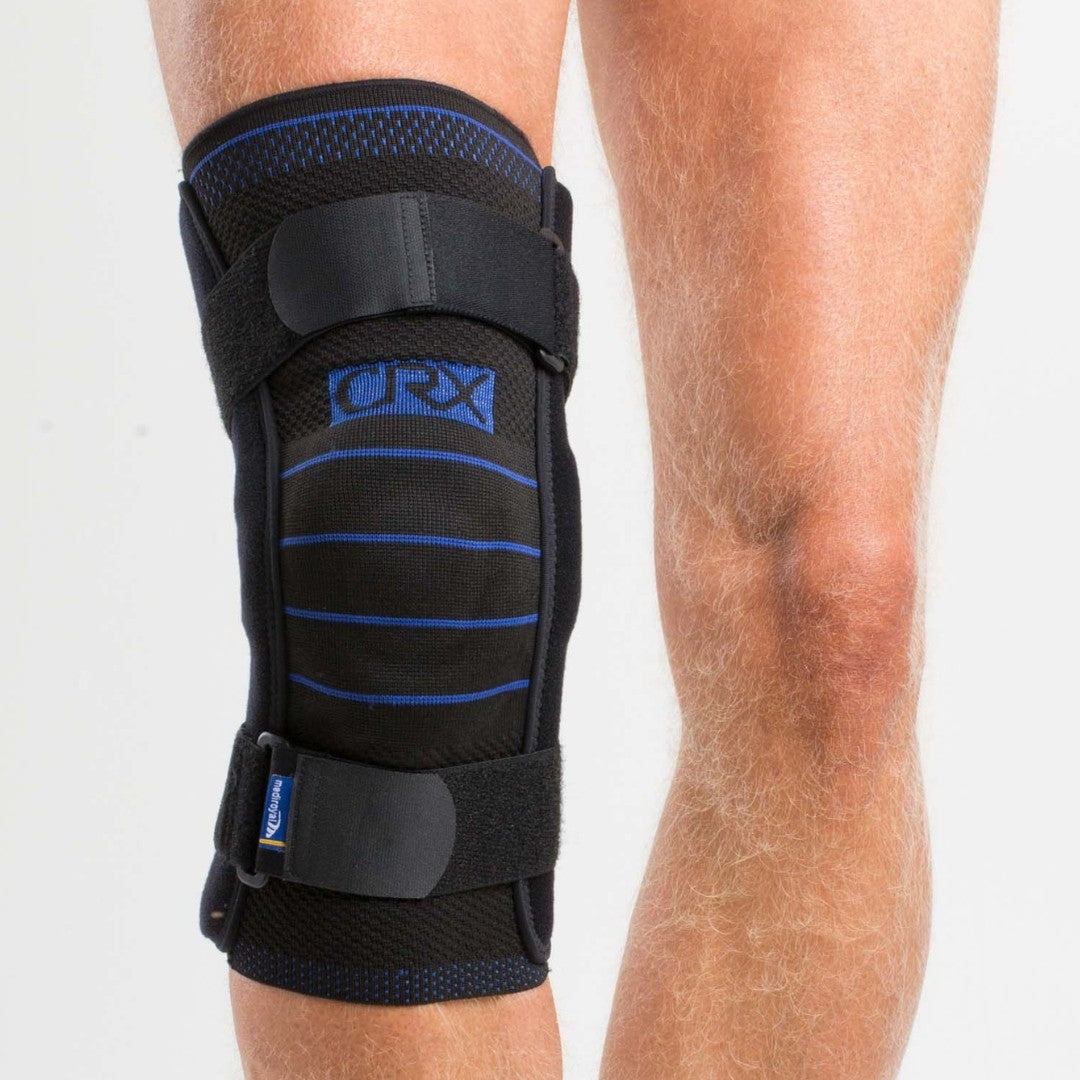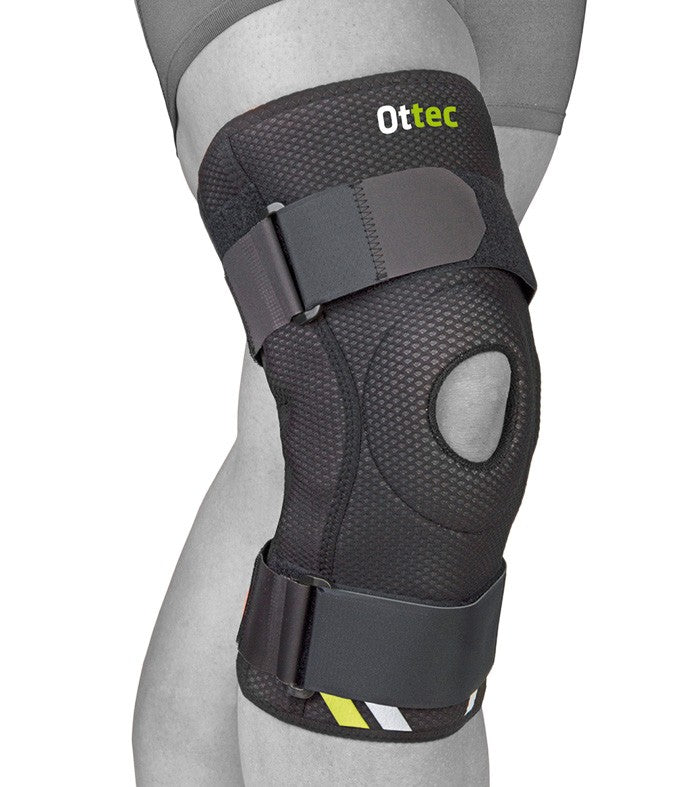Meniscus tears are one of the most common knee injuries and affect either the inner or outer meniscus. The injury can cause pain, stiffness, and locking in the knee joint, and sometimes requires treatment or surgery to regain full function.
What is a meniscus injury?
The meniscus is the knee joint's shock absorber and stabilizer. An injury often occurs through twisting or overloading, where the meniscus tears or detaches. Internal meniscus injuries are the most common and can cause significant pain in the joint space on the inside of the knee. External meniscus injuries instead cause pain on the outside of the knee.
Common causes & risk factors
A meniscus injury often occurs in connection with sports or accidents where the knee joint is exposed to strong twisting force. Deep squatting movements can also be a triggering factor. The risk increases with age as the meniscus becomes more fragile as a result of degenerative changes. Injuries to the medial meniscus are approximately four times more common than injuries to the lateral meniscus, and because the medial meniscus is connected to the medial collateral ligament (MCL), they are often injured at the same time.
Symptoms
- Pain in the inner or outer joint space, often like stabbing pain
- Locking or difficulty fully extending/flexing the knee joint
- Local swelling over the injured area
-
Stiffness and pain after activity, especially when squatting
When should you seek medical attention?
In the event of knee locking, severe pain or persistent instability, the knee joint should always be examined by medical personnel.
Recommended protection & support
In the case of meniscus damage, a compression knee brace can be very helpful as it both stabilizes the joint and counteracts swelling. If instability occurs, a more stabilizing knee brace with side-loading splints can provide extra control. The load should be minimized by avoiding deep bending and rotation of the knee joint. In order to regain strength and function, rehabilitation with individually adapted exercises with a physiotherapist is an important part of the treatment.

